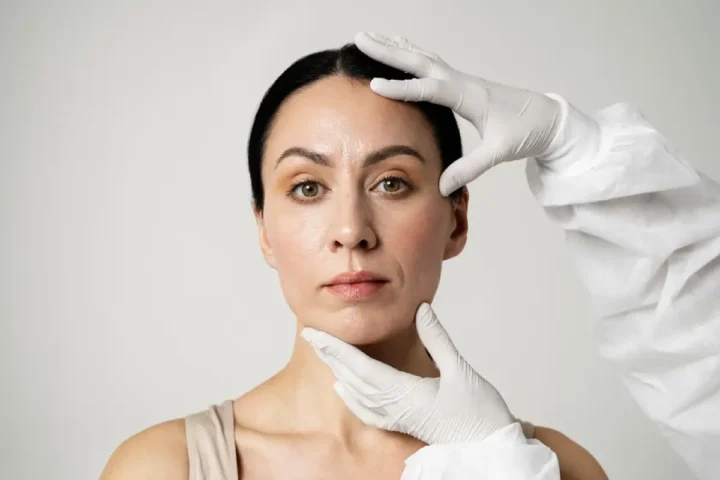Transforming Your Skin: Effective Targeted Wrinkle Treatments
Targeted wrinkle treatments have brought a new dawn in cosmetic dermatology. They mark a significant leap from generic anti-aging products with bespoke approaches that cater directly to problematic skin areas. These advancements mean that whether you’re dealing with fine lines or deeper facial folds, there’s a solution that can specifically target your issue. Such targeted precision ensures that resources aren’t wasted and results are efficient and noticeable.

Why Choose Targeted Treatments?
Choosing targeted wrinkle treatments means opting for precision and efficacy. These treatments hone in on particular areas requiring attention, often leading to quicker and more dramatic improvements than general anti-aging products. Platforms like bhmd1 offer various options specifically formulated to address common concerns such as wrinkles, fine lines, and skin firmness, making it easier for users to find solutions tailored to their needs.
Targeted treatments provide the best path forward for individuals who desire specific results, such as diminishing crow’s feet or dealing with nasolabial folds. Essentially, they help minimize the guessing game often accompanying skincare regimens, directing focus directly where needed.
Common Types of Targeted Wrinkle Treatments
Topical Treatments
Topical treatments remain a staple in targeted wrinkle therapy due to their non-invasive nature and proven efficacy. Products that feature active ingredients like retinoids increase cell turnover, paving the way for fresher, more vibrant skin. Peptides are another vital component known for stimulating collagen production, reinforcing the skin’s natural elasticity. Regularly applying these products can lead to a marked reduction in the appearance of wrinkles and fine lines, proving why they remain a popular choice in skincare.
Injectable Solutions
When immediate results are prioritized, injectable solutions are often available. Botox, for instance, temporarily paralyzes the muscles that cause wrinkles, creating a smooth canvas often within days of treatment. Likewise, dermal fillers can restore lost volume and smooth out deep creases, offering immediate and transformative results. With these injectables, one can achieve a youthful, refreshed look with a natural, authentic finish.
The Science Behind Smooth Skin
The science underpinning advanced wrinkle treatments is fascinating and critical to understanding their success. Central to these treatments is collagen, a structural protein essential for keeping the skin firm and plump. Unfortunately, collagen production diminishes as we age, leading to sagging skin and wrinkles.
Targeted wrinkle treatments work by stimulating the body’s natural collagen and elastin production processes, rejuvenating the skin from within. This approach has been supported by studies, such as those highlighted by the American Academy of Dermatology, confirming that treatments targeting these proteins can significantly improve skin appearance.
Finding the Right Treatment for You
Given the diversity of skin types and conditions, selecting the most suitable treatment requires thoughtful consideration. A thorough evaluation by a dermatologist can identify the most appropriate solutions based on specific needs and goals. It’s essential to approach this step with openness and flexibility, ready to embrace treatments that align best with your skin’s unique requirements and lifestyle.
Integrating Treatments into Your Skincare Routine
To maximize the benefits of targeted treatments, they should be seamlessly incorporated into a comprehensive skincare routine. This means balancing treatment products with complementary products such as soothing moisturizers and high-SPF sunscreens. Doing so protects the skin, enhances the treatment’s effects, and promotes long-lasting results.
Potential Side Effects and Precautions
While targeted wrinkle treatments are generally safe, being vigilant about potential side effects is prudent. Commonly, injectable treatments might cause temporary redness or swelling, while topicals could initiate mild skin irritation. Understanding these possibilities means you can take precautionary steps to ensure optimal safety. The Mayo Clinic suggests ways to minimize possible adverse effects, reassuring those considering these treatments.


